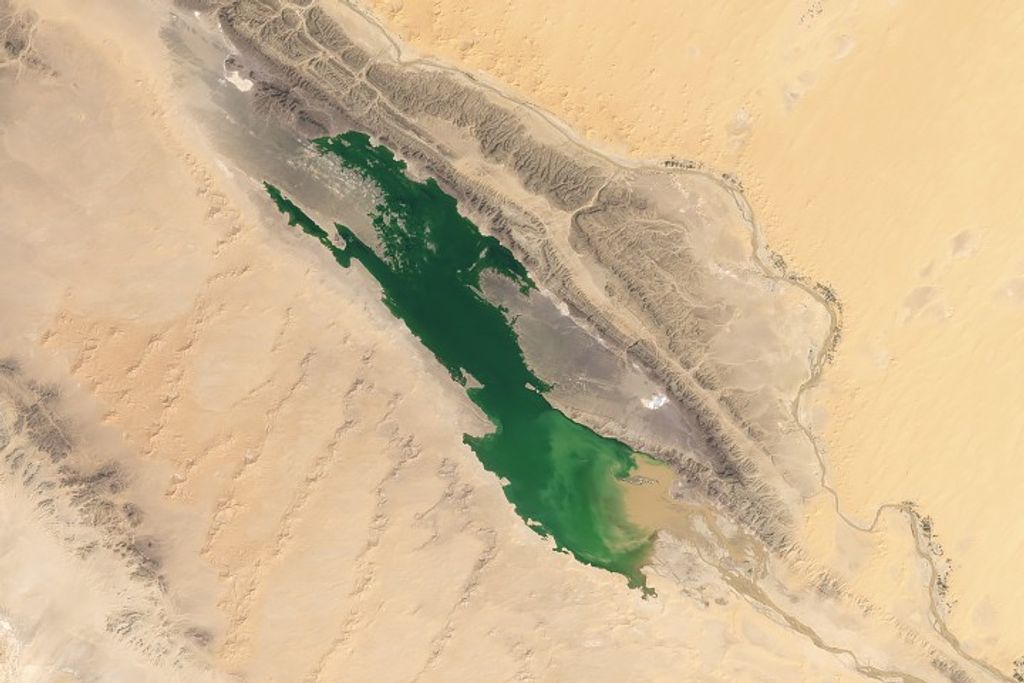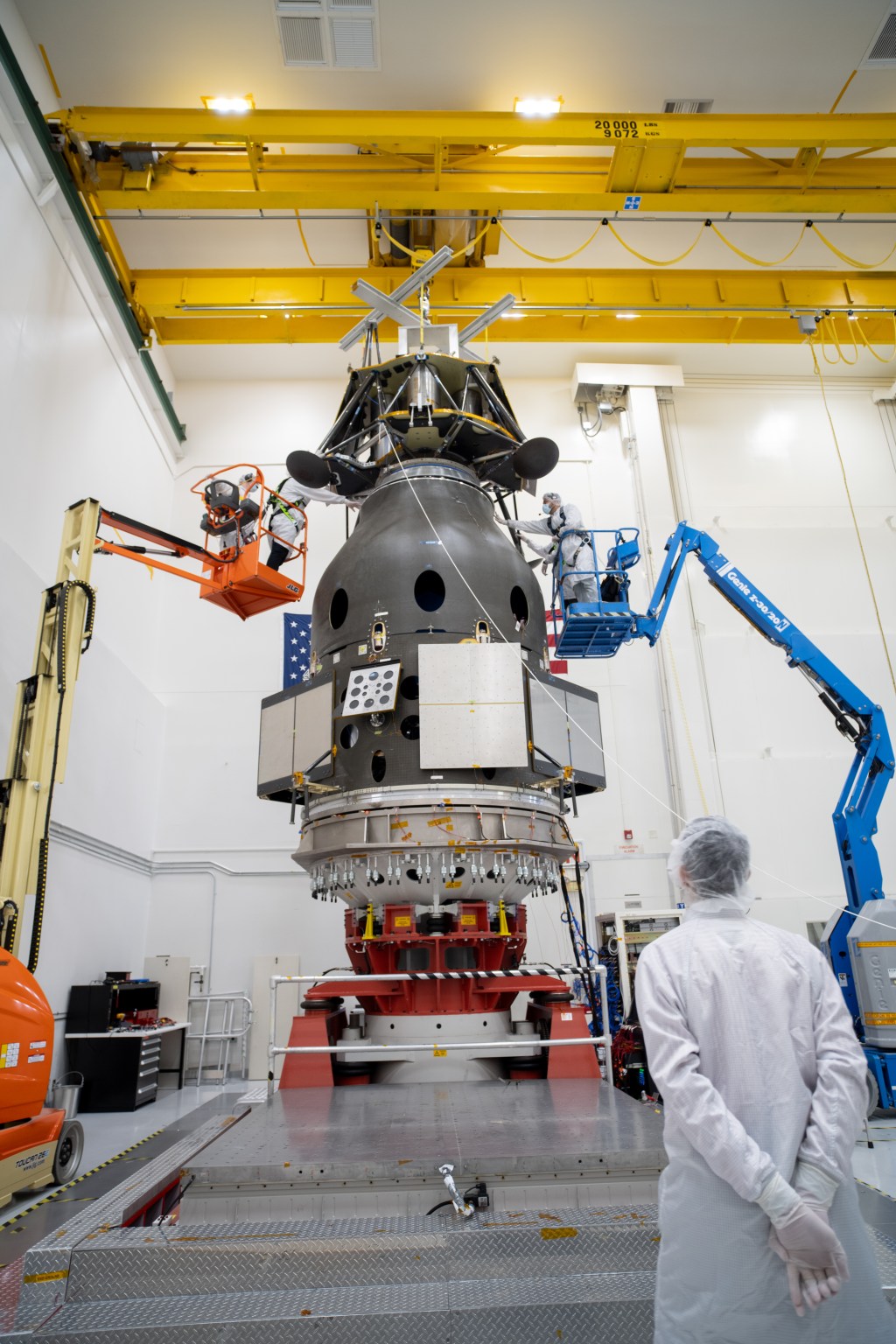1 min read
The Giant Planet Jupiter

An image of Jupiter taken on May 18, 1994, by the Wide Field & Planetary Camera-2 (WFPC-2) in wide field mode aboard NASA's Hubble Space Telescope, when the giant planet was at a distance of 420 million miles (670 million km) from Earth. This "true-color" picture was assembled from separate HST exposures in red, blue, and green light. Jupiter's rotation between exposures creates the blue and red fringe on either side of the disk. HST can resolve details in Jupiter's magnificent cloud belts and zones as small as 200 miles (320 km) across (wide field mode). This detailed view is only surpassed by images from spacecraft that have traveled to Jupiter.
The dark spot on the disk of Jupiter is the shadow of the inner moon Io. This volcanic moon appears as an orange and yellow disk just to the upper right of the shadow. Though Io is approximately the size of Earth's Moon (but 2,000 times further away), HST can resolve surface details.
- Object NameObject NameA name or catalog number that astronomers use to identify an astronomical object.Comet P/Shoemaker-Levy 9
- Release DateJuly 7, 1994
- Science ReleasePhoto Illustration of Comet P/Shoemaker-Levy 9 & Planet Jupiter
- Credit
Related Images & Videos

Photo Illustration of Comet P/Shoemaker-Levy 9 and Planet Jupiter
This is a composite photo, assembled from separate images of Jupiter and Comet P/Shoemaker-Levy 9, as imaged by the Wide Field & Planetary Camera 2 (WFPC2), aboard. NASA's Hubble Space Telescope (HST). Jupiter was imaged on May 18, 1 994, when the giant planet was at a distance...

Panoramic Picture of Comet P/Shoemaker-Levy 9
A NASA Hubble Space Telescope (HST) image of comet P/Shoemaker-Levy 9, taken on May 17, 1994, with the Wide Field Planetary Camera 2 (WFPC2) in wide field mode. When the comet was observed, its train of 21 icy fragments stretched across 710 thousand miles (1.1 million km) of...
Share
Details
Last Updated
Aug 17, 2025
Contact
Media
Claire Andreoli
NASA’s Goddard Space Flight Center
Greenbelt, Maryland
claire.andreoli@nasa.gov



























